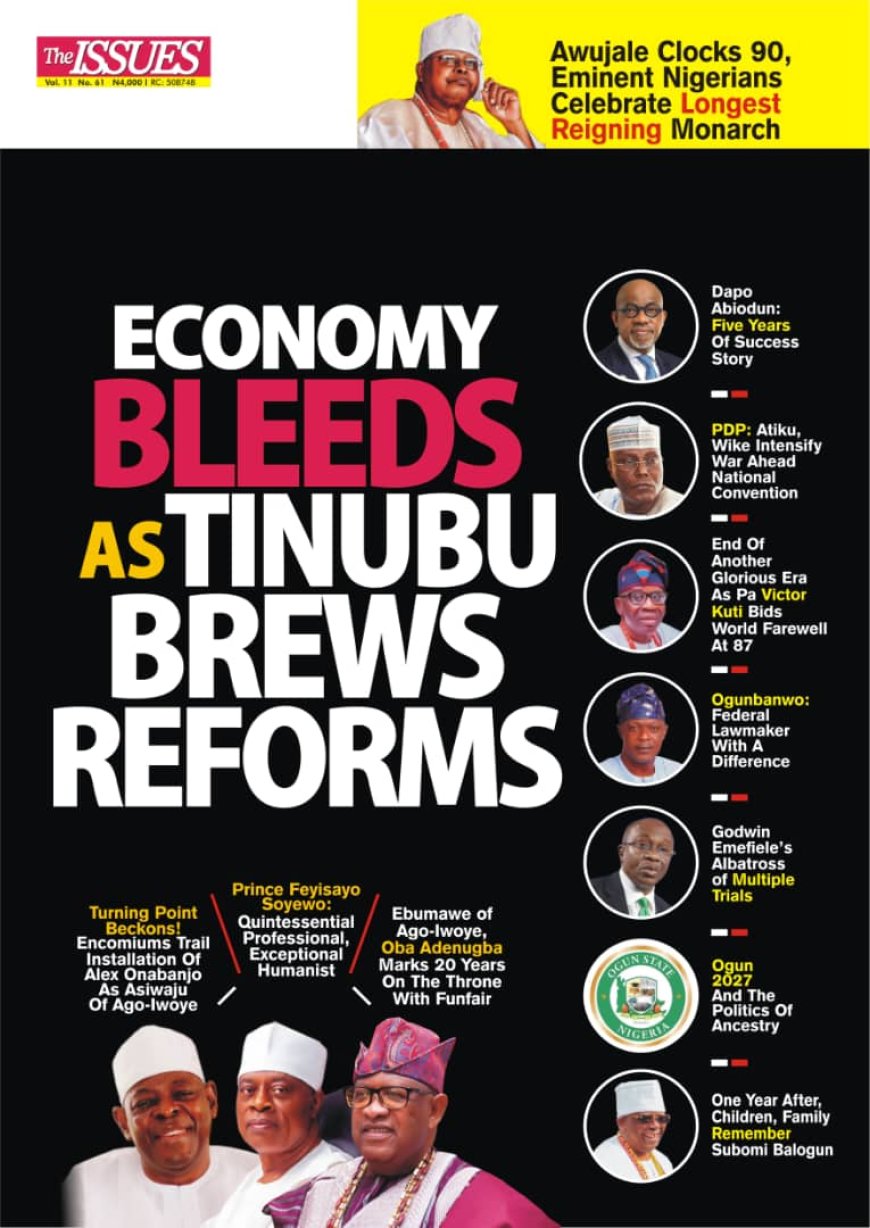Gold’s Current Trend as a Safe Haven Asset and Market Outlook

Gold’s Enduring Appeal in Uncertain Times
Gold has long held its place as a safe-haven asset, an instrument of stability during periods of elevated uncertainty, geopolitical stress, and market volatility. In risk-off environments, when investors seek to preserve capital and reduce exposure to risk assets such as equities and high-yield bonds, gold demand typically strengthens. Its historical role as a store of value makes it a natural refuge during times of systemic risk.
Conversely, during risk-on phases, when investor sentiment turns optimistic and capital chases higher returns, gold often underperforms as flows shift toward equities, cyclical commodities, and other yield generating assets.
The Complex Relationship Between Volatility and Gold
Financial market volatility is often seen as a proxy for investor anxiety. Rising volatility particularly in equities currencies, or credit markets can heighten demand for gold. However, this relationship is nuanced and not always linear. While gold generally benefits from spikes in volatility, its correlation can weaken in certain conditions.
This is particularly so when gold temporarily behaves like a risk asset during liquidity crunches or broad-based sell-offs.During policy responses for example aggressive rate hikes or coordinated central bank action distort gold’s traditional market behavior.
Historical patterns suggest that under normal conditions, rising volatility tends to support gold. But in extreme systemic crises, gold may experience brief selloffs before resuming its safe-haven role.
Risk Sentiment: Gold in “Risk-Off” vs. “Risk-On” Market Sentiment
When there is Risk-Off sentiment, gold tends to outperform alongside government bonds and safe-haven currencies such as the Japanese Yen (JPY) or Swiss Franc (CHF). Heightened uncertainty leads to increased gold allocations by both institutional and retail investors.
Inversely during Risk-On sentiment, optimism in markets sees flows redirecting to growth assets like equities and emerging markets, reducing the relative appeal of gold. Prices may stagnate or trend lower during such cycles.
Overall, gold serves as a barometer of global risk sentiment, responding dynamically to changes in geopolitical risk, interest rate expectations, and capital flows.
Current Gold Market Trends and Key Drivers as of July 2025
Gold currently trading above $3,300 per ounce, staging a modest rebound after a brief correction in late June. Gold prices remain up nearly 38% year-over-year, having reached all-time highs above $3,400 in April 2025.
The short-term outlook appears consolidative, with gold stabilizing after an extended rally earlier this year. However, the medium-term trend remains bullish, underpinned by a confluence of macroeconomic and geopolitical factors.
Key Drivers Shaping Gold’s Current Trend
US Dollar and Interest Rate Expectations
Continued US dollar weakness remains a tailwind for gold, making it more attractive to foreign investors.
The Federal Reserve’s cautious stance on rate cuts is being closely watched. While the market anticipates future easing, uncertainty around timing has contributed to recent price consolidation. Rate cuts would typically lower the opportunity cost of holding gold and spur demand.
Geopolitical and Trade Tensions
Escalating trade conflicts and tariff threats, particularly involving the US and major trading partners, have boosted safe-haven inflows.
Ongoing geopolitical flashpoints notably in the Middle East and Eastern Europe continue to underpin a risk premium in gold prices.
Central Bank and Asian Demand
Central banks remain net buyers, especially in emerging markets. China has resumed purchases following a brief pause, reinforcing gold’s bullish sentiment.
Retail and institutional demand across Asia, particularly in China, has surged amid economic uncertainty and tightening controls on alternative investments.
Macroeconomic Indicators and Market Sentiment
Mixed US economic data including signs of a softening US labor market and sticky inflation have intensified speculation around a US Fed policy pivot, which supports gold.
Overall market sentiment remains cautious, caught between periods of equity market rallies and flight-to-safety behavior.
Inflationary Pressures and Fiscal Concerns
Persistent inflation and growing concerns around US fiscal sustainability and deficits are increasing gold’s appeal as a hedge against currency debasement and long-term price instability.
In conclusion gold is at a Crossroads of Risk and Policy. Gold remains elevated and resilient, consolidating at historically high levels. Its recent price action reflects a temporary pause following strong gains, with the potential for further upside should any of the following materialize, a renewed leg lower in the US dollar, clearer signals from the US Federal Reserve on rate cuts and an intensification of geopolitical or economic shocks.
Gold continues to function not just as a passive store of value but as an active hedge against systemic risk and policy uncertainty. Understanding its interaction with volatility, sentiment, and macroeconomic variables is crucial for investors seeking to navigate the complex risk environment of 2025.
cupped from punch.

 admin
admin 


